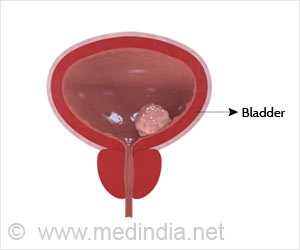Researchers have now developed a potent cancer killer based on the finding that a derivative of Vitamin E is capable of inducing death of cancer cells.
Researchers have now developed a potent cancer killer based on the finding that alpha tocopheryl succinate or Vitamin E succinate (derivative of Vitamin E) is capable of inducing death of cancer cells. Infamous for its anti-oxidant properties, many take the substance as a nutritional supplement.
The substance kills cancer cells by causing them to undergo a natural process known as programmed cell death, or apoptosis. Until now, no one knew how the agent caused this to happen.These findings answer that question and also indicate that the molecule's antitumor activity is separate from its antioxidant effect.
The study, led by researchers with The Ohio State University Comprehensive Cancer Center – Arthur G. James Cancer Hospital and Richard J. Solove Research Institute (OSUCCC-James), is published in the April 28 issue of the Journal of Biological Chemistry.
‘Our findings could lead to a potent chemopreventive agent that has both strong anticancer and antioxidant properties,’ says principal investigator Ching-Shih Chen, professor of pharmacy and of internal medicine, and a researcher with the OSUCCC-James.
‘Such an agent might help reduce the risk of prostate, colon and other cancers.’
Chen and his collaborators found that vitamin E succinate works by blocking a protein called Bcl-xL. The protein, which is made by healthy cells, is often present at abnormally high levels in cancer cells and protects them from dying when they should.
Advertisement
However, the vitamin E molecule has a long, coiled, protruding tail that keeps the molecule from fitting tightly, and more effectively, into the groove.
Advertisement
The scientists found that a relatively simple process of altering the molecule's structure – basically cutting the tail short – allowed a tighter fit and improved the agent's ability to kill cancer cells by five- to ten-fold in laboratory tests.
‘Overall, out findings are proof of the principle that this drug can kill cancer cells very effectively but does very little damage to healthy cells,’ Chen says.
Chen is also the Lucius A. Wing chair of cancer research and therapy at the OSUCCC-James and the Kimberly professor of pharmacy. Funding from the National Cancer Institute supported this research.











